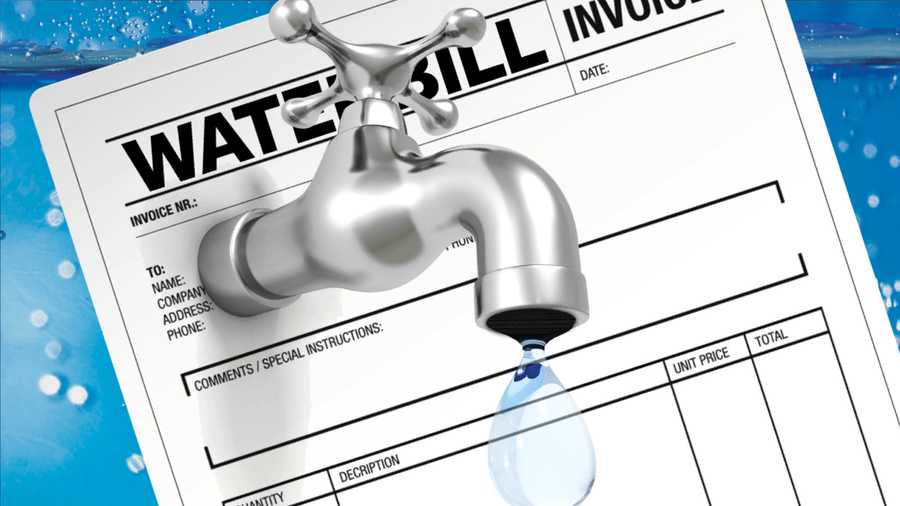
As the scorching sun beats down in the early months of 2024, the struggle to pay utility bills persists. Economic hardships coupled with the constant demand for basic necessities make it increasingly challenging for consumers. For now, let’s focus on water services at residential properties.
Amidst these economic woes, utility companies like the National Water and Sewerage Corporation (NWSC) anticipate an upward trend in consumption patterns. Increased consumption should theoretically translate to higher revenues, allowing these companies to cover overhead costs and continue providing essential services. However, reality often falls short of expectations when anticipated revenues fail to materialize, and consumers are left bewildered by escalating bills despite the alleged no apparent increase in water usage or changes in household size.
While it’s easy to point fingers at service providers for inaccurate readings or estimations, the real culprit often lurks unnoticed: leaks. Leaks, especially those occurring beyond the meter point, can go undetected by the untrained eye, silently inflating water bills. Let’s embark on a 7-point journey to uncover ways to detect these elusive leaks.
The first step is a simple water meter test. Customers can perform this test under the guidance of utility customer support. By shutting off all faucets and monitoring the meter for any continued activity, one can confirm the presence of a leak. Patience is key as the results may not be immediate, requiring periodic meter readings to pinpoint the leak’s location.
Another method involves conducting a water pressure test. By closing all faucets except one and observing any abnormal drops in water pressure, homeowners can identify potential leaks. Some households may even possess pressure test equipment to facilitate this process.
Listening for the sound of running water can also lead to leak detection. Unexplained sounds emanating from walls or floors often indicate plumbing issues requiring immediate attention.
While household appliances offer convenience, they can also be sources of leaks. Disconnecting all appliances and monitoring for slow drips can help pinpoint any potential leaks contributing to increased water usage.
A continuously running toilet is a common yet often overlooked culprit behind post-meter leaks. Conducting a simple food coloring test can confirm suspicions of a leaky toilet, as any color appearing in the bowl without flushing indicates a leak.
Monitoring monthly utility bills for sudden spikes in consumption can serve as an early warning sign of potential leaks. Additionally, visible signs such as water drips, wet walls, dampness, and mold growth should not be ignored.
All in all, homeowners are urged to remain vigilant and proactive in managing their properties to combat rising utility bills. Establishing a cooperative relationship with service providers can facilitate leak detection efforts and ensure access to genuine plumbing materials. By staying informed and attentive, consumers can protect their finances and preserve precious resources in the face of escalating utility costs.


